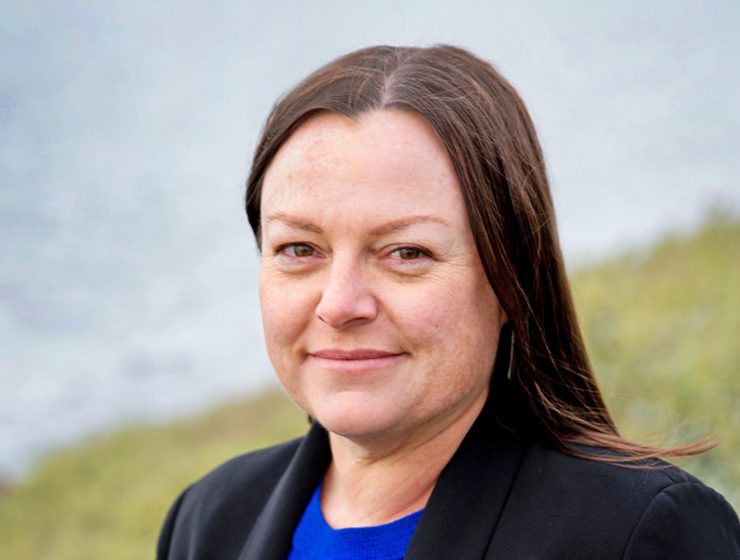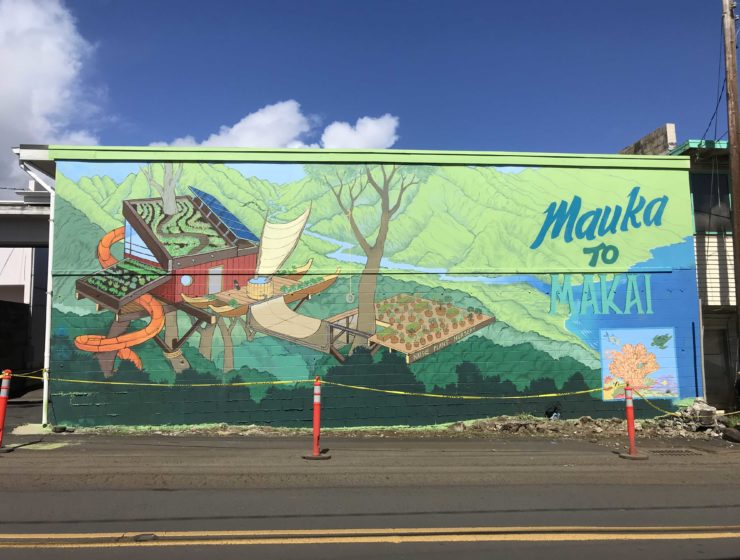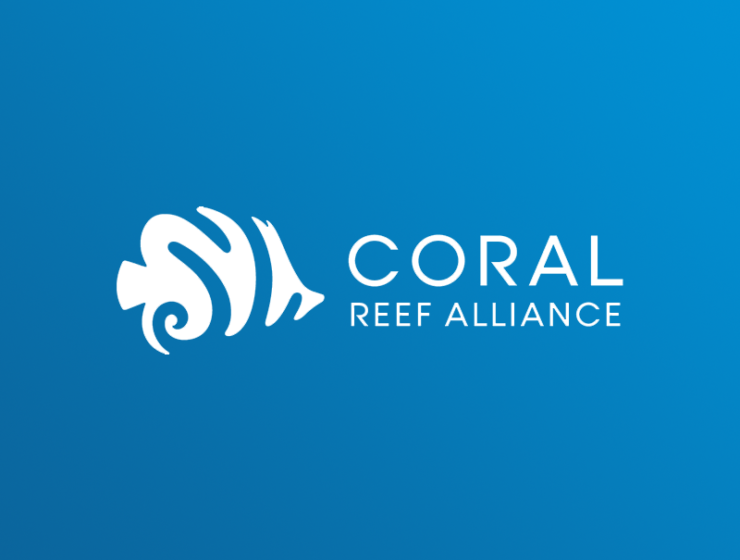Over 20 Tons of Sediment Prevented From Smothering Maui’s Coral Reefs
Over 20 tons of sediment has been captured in the mountains above Lahaina, the result of a collaborative restoration project led by the Coral Reef Alliance (CORAL). West Maui is laden with historic sugarcane and pineapple plantations that are now out-of-use. During heavy rain events, the potentially contaminated soil from these degraded landscapes travels down… Continue Reading →





